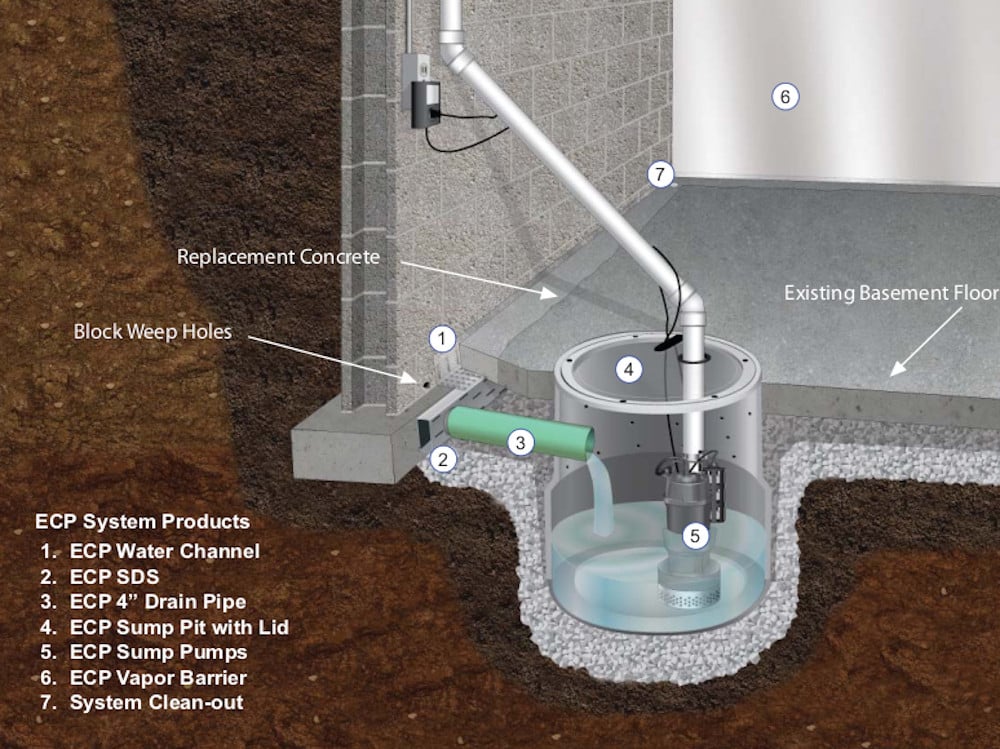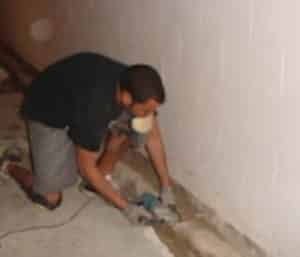What are Basement Weep Holes?

Water enters a basement through cracks and crevices, so purposely drilling holes in your walls as a way to prevent water damage seems foolish. Yet that’s exactly what weep holes are designed to do.
If your basement has a block foundation, weep holes can be a key element of waterproofing.
Basement walls constructed of cinder blocks or concrete blocks (also known as “concrete masonry units”) makes for a strong foundation. But the hollow blocks are more porous than poured concrete walls.

Weep holes are drilled in a block foundation wall.
When the basement was constructed, tar was applied to the exterior of the blocks. Over time, the tar, which has a 30-40 year lifespan, degrades, and water seeps into the hollow blocks.
The water is then trapped in the hollow blocks and in need of an exit. The water will search for the path of least resistance and flow out any available crack … often straight into your basement.
Weep holes allow the water to be directed into a basement waterproofing drain system.
How Are Weep Holes Used?
The concrete flooring around the interior perimeter of your basement is removed to allow space for an interior water drainage system. Once the system is installed, new concrete will be poured.
The system of connected drain pipes funnels water toward a sump pump where it will be discharged away from your home.
Weep holes are drilled in the concrete blocks at the lowest level. Once the block has been drilled, water exits at the holes and flows directly into the drainage system.
Weep holes have the added benefit of helping alleviate pressure on your foundation walls.
As water enters the hollow cavities in cinder blocks, it increases the hydrostatic (water) pressure on your walls. Allowing the water to exit via the holes reduces the pressure on foundation walls.
Using these as part of your basement waterproofing solution offers a release from water filling the interior of concrete block walls.
- Is It Safe to Live in a House with Foundation Problems?
- What Type of Foundations are Used for Commercial Buildings?
- Why is Fixing My Crawl Space Important?
- When is the Best Time to Get My Foundation Repaired?
- What are the Best Basement Waterproofing Methods for My State?
- What are Some Common Crawl Space Issues?
